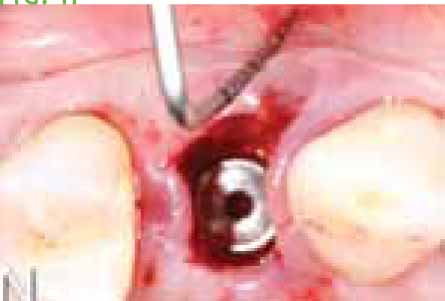Immediate Dentoalveolar Restoration Technique (IDR). Autograft characterization and a case report

Published: 31 October 2017
Abstract Views: 2161
pdf: 4358
HTML: 216
HTML: 216
Publisher's note
All claims expressed in this article are solely those of the authors and do not necessarily represent those of their affiliated organizations, or those of the publisher, the editors and the reviewers. Any product that may be evaluated in this article or claim that may be made by its manufacturer is not guaranteed or endorsed by the publisher.
All claims expressed in this article are solely those of the authors and do not necessarily represent those of their affiliated organizations, or those of the publisher, the editors and the reviewers. Any product that may be evaluated in this article or claim that may be made by its manufacturer is not guaranteed or endorsed by the publisher.


 https://doi.org/10.23805/jo.2017.09.03.06
https://doi.org/10.23805/jo.2017.09.03.06







